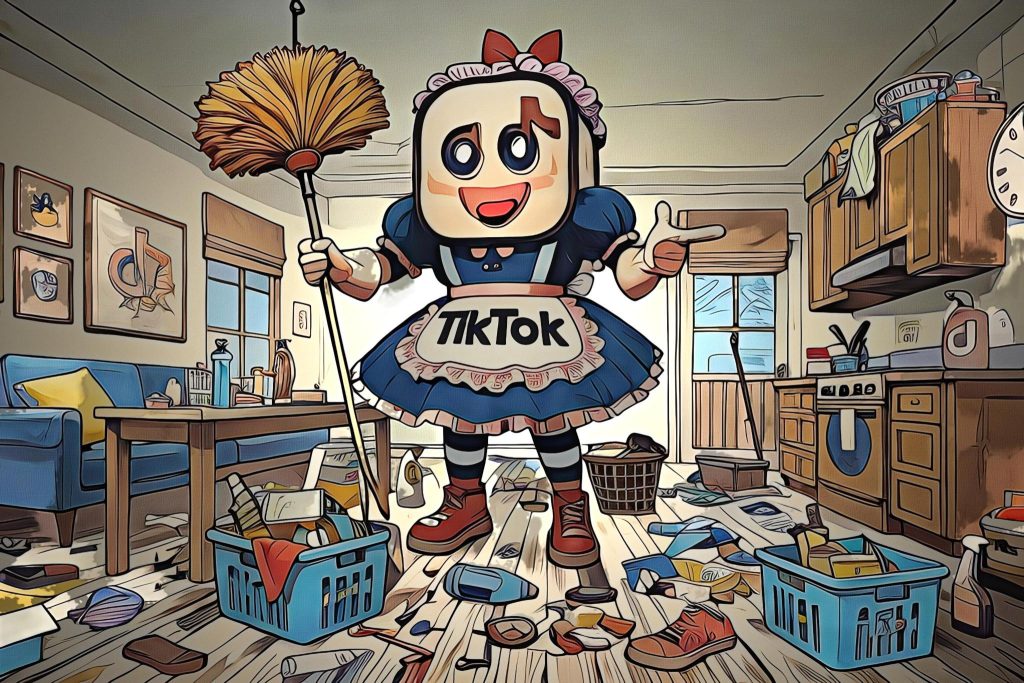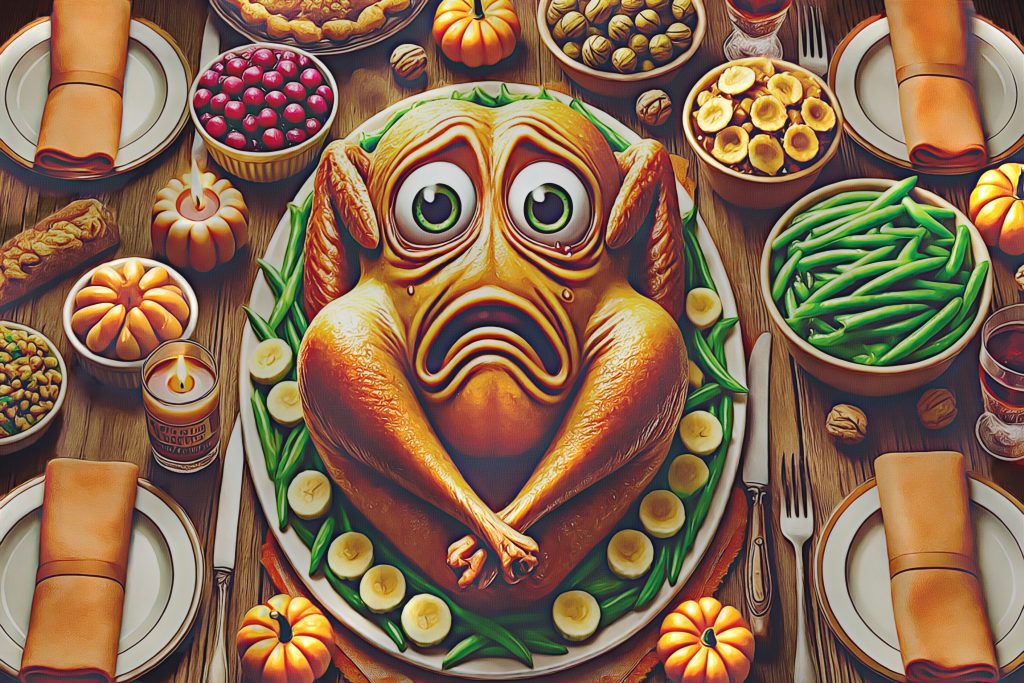Do you ever feel like a phantom drifting through the digital aisles of Amazon? One minute, you’re stacking your cart with things you supposedly “need” (that $45 designer candle is a total necessity), and the next, you’ve ghosted the entire shopping cart, and the candle dream is digitally snuffed out.
There’s no “Proceed to Checkout,” no “Buy Now,” just… nothing. Your shopping cart lingers, just sitting somewhere in cyberspace, untouched and totally abandoned.
So, what gives? Why do we get so close to buying all that “stuff” and then just, poof, it’s gone? Well, it turns out, there’s a strange psychological reason behind it all—and it’s time to spill the beans on why our carts are turning into haunted graveyards for stuff we never actually buy.
It all starts with the seduction and lure of the “Add-to-Cart” button. Let’s be honest: adding to cart feels good. It’s like a mini dopamine hit every time we click that glowing button, thinking, “Yes, I deserve this.” But here’s the catch—adding to cart isn’t committing. It’s like flirting with the idea of buying without having to actually walk down the aisle and say your “I do’s.”
Psychologists call this “psychological ownership,” where we feel like we own something without actually pulling out the credit card and making a full-blown commitment. In a way, what it boils down to is it’s the “thrill” of shopping with none of the buyer’s remorse. And in an age of easy returns and virtual wish lists, it’s almost too easy to live in that in-between state, where you fill a cart up but never pull the trigger.
But there’s more to this “ghost cart” phenomenon. There’s this little thing called “paralysis of too many choices” that’s causing online shoppers to freeze up.
It’s the tech paradox of choice. Here we are, scrolling through endless options, from toothpaste to tech gadgets, and it becomes increasingly overwhelming.
Studies actually show that too many choices can make it harder to decide—and sometimes we just freeze up and walk away. We end up with a cart full of possibilities, unable to commit to any one of them. So, we exit, telling ourselves we’ll come back later, knowing full well we probably won’t. It’s like staring into an abyss of decision fatigue, and instead of diving in, we just back away slowly, leaving those items floating aimlessly in the cart.
And then there’s fear. No, not fear of browsing; that’s the easy part. It’s fear of regret—the dreaded buyer’s remorse. You’ve probably been there—hesitating because, what if that impulse buy ends up gathering dust? This fear keeps us at arm’s length from the checkout button. According to studies, over 60% of online shoppers abandon their carts, many due to second-guessing their decisions. A number as high as that must drive retailers insane. It’s the modern version of window shopping, except now it’s a digital experience where we can indulge in fantasy purchases without the immediate consequences.
But here’s the kicker: for some of us, online window shopping is the therapy we need. It scratches that retail itch without the guilt of an actual purchase. It’s a way of saying, “I could have it if I wanted to” without actually committing. Psychologists say this phenomenon gives us a sense of control over our shopping habits. Research shows that 88% of online carts are abandoned at some point during the shopping process—because, in reality, it’s more about the journey than the destination. We want the experience, not the product.
So, are we all just a bunch of Amazon ghost shoppers? Maybe. But it’s deeper than just avoiding a credit card bill. In the digital age, where every purchase is a click away, shopping has become more about fantasy than actual fulfillment. Maybe we’ve all gotten a little “META” when it comes to shopping. It’s more of a “virtual thing.” After all, many of us want to curate a life that looks good in the cart, even if it never makes it to our doorstep. Maybe, in a world full of endless options, we’re less interested in the things and more into the thrill of almost having them. Either way, those phantom carts aren’t going anywhere—so maybe it’s time we start embracing the mystery of what we don’t buy as much as what we do.
Till next time, be wickedly wonderful.







I put things I’m considering in the cart so that I don’t lose them. Often time, I can’t get back to an item using the exact same search terms on Amazon. Putting multiple variants of an item allows me to compare them
Oh my granddaughter and I were just talking about this. We do it all the time. I used to order it all . Now I rethink before ordering. Do I really need this
Wait till the Communist and her apparatchiks win. People won’t have to worry about the abundance of choices.
I usually only order what I truly need and if gets removed its because either I found it cheaper somewhere else or my second thoughts tell me its not needed. I compare items from other sources. I try to shop wisely so of I order it that item has been carefully scrutinized for price, quality and if I actually need it. If it makes it to the cart its rare for me not to order it.